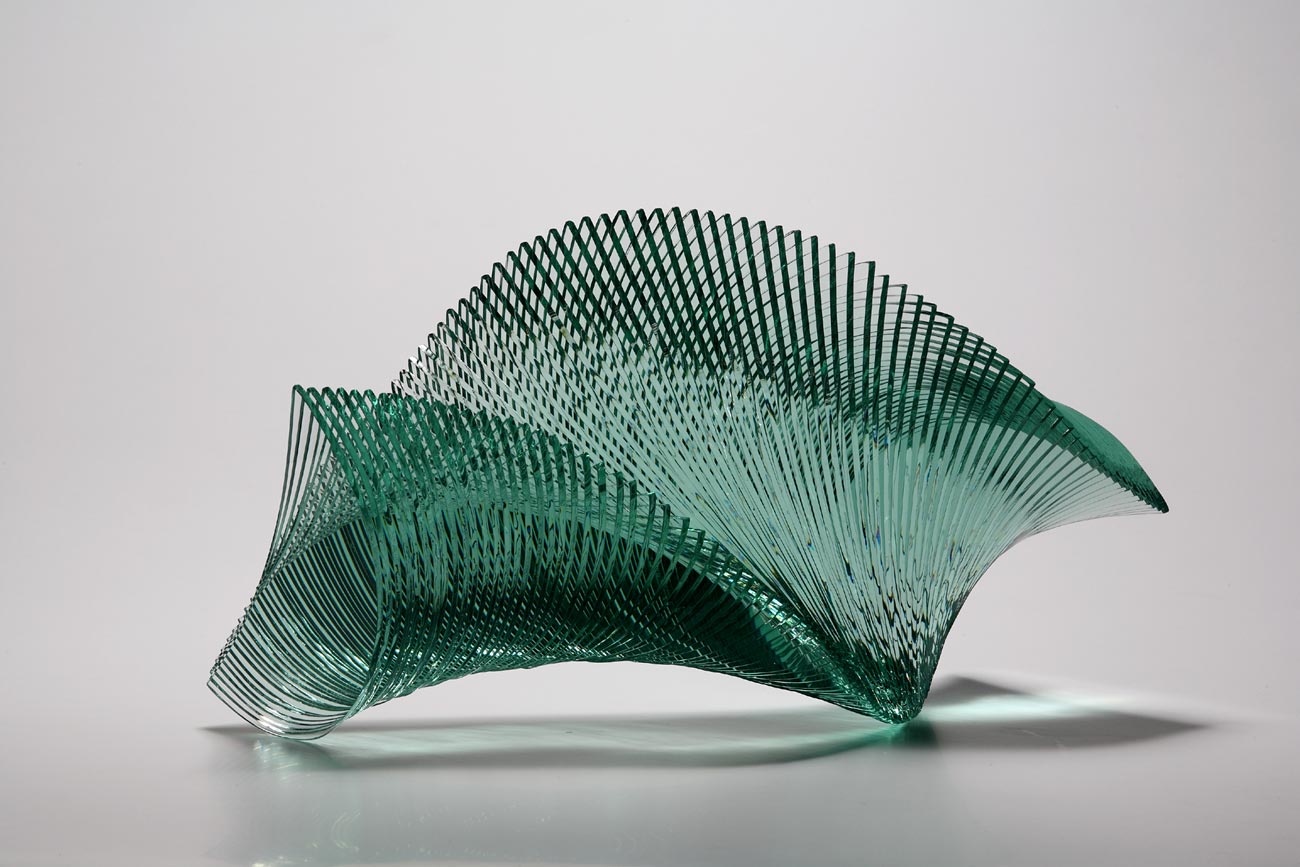

Understanding Flat Float Glass Its Properties, Applications, and Benefits
Flat float glass, a key material in modern construction and design, has become an integral part of various industries. This article delves into the production, characteristics, and applications of flat float glass, highlighting its significance in contemporary society.
What is Flat Float Glass?
Flat float glass is produced through a process known as the float glass process, invented in the 1950s by Sir Alastair Pilkington. In this method, molten glass is floated on top of molten tin, resulting in a smooth, uniform surface that is flat and free from distortions. This process allows for precise control over thickness and dimensions, making flat float glass the preferred choice for numerous applications.
Characteristics of Flat Float Glass
Flat float glass exhibits several unique properties that contribute to its widespread use
1. Clarity and Transparency One of the most significant attributes of flat float glass is its high level of clarity, making it ideal for applications where visibility is crucial, such as windows and display cases.
2. Durability Float glass is robust and resistant to environmental factors, ensuring a long lifespan. When treated with specific coatings, it can also exhibit enhanced resistance to chemicals and weather conditions.
3. Versatility The glass can be manufactured in various thicknesses, colors, and coatings, allowing it to be customized for specific needs, whether for architectural, automotive, or artistic purposes.
4. Energy Efficiency Modern flat float glass can be designed to enhance energy efficiency. Low-emissivity (Low-E) glass, for example, reflects heat back to its source, reducing heating and cooling costs in buildings.

5. Safety Features Safety glass options, including tempered and laminated glass, can also be derived from flat float glass, adding an extra layer of protection against breakage.
Applications of Flat Float Glass
The applications of flat float glass are vast and diverse
1. Architecture and Construction Flat float glass is extensively used in buildings for windows, skylights, and facades. Its aesthetic appeal and energy-efficient options make it a popular choice among architects and builders.
2. Automotive Industry Vehicle manufacturers employ flat float glass for windshields and windows due to its durability and clarity. Innovations in automotive glass technology have led to lighter, more energy-efficient designs.
3. Interior Design In the realm of interior design, flat float glass is favored for mirrors, partitions, and decorative elements. Its versatility allows for creative designs and the enhancement of spaces.
4. Furniture and Displays Flat float glass is often used in furniture design, such as tabletops and shelves, as well as in display cases for retail environments, where clarity and aesthetics are essential.
5. Solar Energy Applications As the demand for sustainable energy solutions grows, flat float glass has found its way into solar panel manufacturing. It aids in creating efficient photovoltaic systems by providing protection and transparency.
Conclusion
Flat float glass is a remarkable material that combines functionality with aesthetic appeal. Its widespread applications across diverse industries underscore its importance in modern design and construction. As technology advances, the potential for innovation within the flat float glass sector continues to grow, promising even more efficient and sustainable solutions for the future. Understanding and utilizing the properties and advantages of flat float glass can lead to better designs, improved energy efficiency, and enhanced safety, making it a material of choice for professionals across various fields.